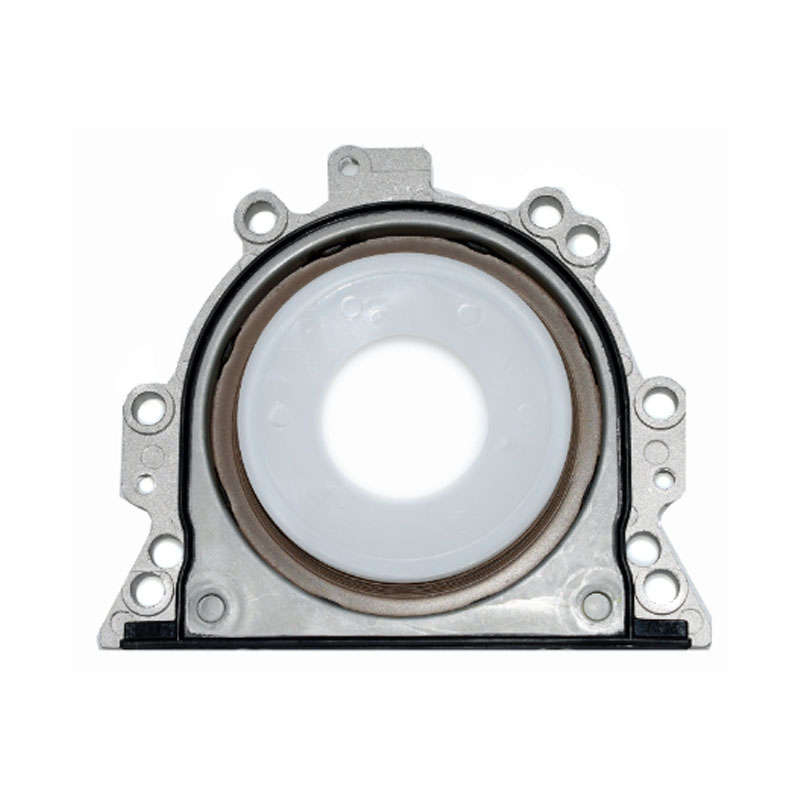transfer case drive shaft seal
Understanding Transfer Case Drive Shaft Seal Importance and Maintenance
The transfer case drive shaft seal is a crucial component in four-wheel-drive (4WD) and all-wheel-drive (AWD) vehicles, playing a significant role in maintaining the integrity and functionality of the vehicle's drivetrain. This seal is designed to prevent oil leaks from the transfer case and ensure that the drive shaft operates smoothly. Understanding its function, common issues, and maintenance can help extend the life of your vehicle and enhance its performance.
What is a Transfer Case Drive Shaft Seal?
The transfer case is responsible for distributing power from the transmission to the front and rear axles. The drive shaft connects the transfer case to the differentials of the front and rear axles. The drive shaft seal acts as a barrier to contain the transfer case fluid, preventing it from leaking out while keeping dirt and debris from entering the system. The integrity of this seal is vital to the smooth operation of the drivetrain.
Common Issues with Drive Shaft Seals
Over time, the materials used in the seal can degrade due to exposure to heat, pressure, and various environmental factors. This degradation can lead to leaks, which can result in a low fluid level in the transfer case. Low fluid can cause increased friction, overheating, and ultimately, significant damage to the transfer case and other drivetrain components.
transfer case drive shaft seal

Signs of a failing drive shaft seal include fluid spots under the vehicle, unusual noises coming from the drivetrain, and difficulty engaging or disengaging the four-wheel-drive system. If you notice any of these symptoms, it's essential to address the issue promptly.
Maintenance and Replacement
Regular maintenance can help prolong the life of the transfer case drive shaft seal. Checking the fluid levels and condition in the transfer case regularly is critical. If the fluid appears dirty or has a burnt smell, it may be time for a change. Additionally, ensure that the seals do not show signs of cracking or wear during routine inspections.
If a seal does fail, it’s vital to replace it as soon as possible. This process usually involves draining the transfer case fluid, removing the old seal, and installing a new one. After replacing the seal, it’s essential to refill the transfer case with the appropriate fluid type, ensuring that the system is sealed correctly to avoid future leaks.
Conclusion
The transfer case drive shaft seal may often be overlooked, but it plays an essential role in the overall performance and longevity of a vehicle's drivetrain. Regular maintenance and prompt attention to any signs of failure are key to keeping your 4WD or AWD vehicle functioning optimally. By understanding the importance of this component, vehicle owners can take proactive steps to ensure their vehicles are in top shape, ultimately preserving their investment and enhancing driving experiences.
-
Understanding the Front Main Engine Seal: Purpose, Maintenance, and Installation
News Jul.29,2025
-
Understanding O-Rings and Seal Rings: Types, Applications, and Custom Solutions
News Jul.29,2025
-
Understanding Crankshaft Oil Seals: Rear Seals, Pulley Seals, and Their Role in Engine Integrity
News Jul.29,2025
-
The Importance of Front and Rear Crankshaft Seals in Engine Performance and Oil Management
News Jul.29,2025
-
Crank Oil Seals: Functions, Types, and Cost Considerations in Engine Maintenance
News Jul.29,2025
-
A Comprehensive Guide to O-Rings and Seals: Types, Materials, and Global Applications
News Jul.29,2025
-
Mastering Diesel and Performance Engine Maintenance: A Guide to Critical Oil Gaskets
News Jul.28,2025
Products categories















